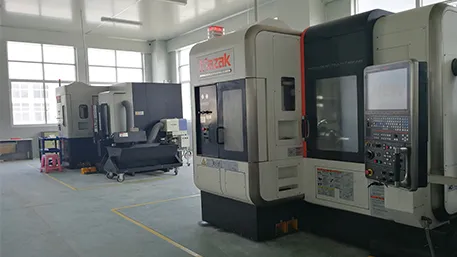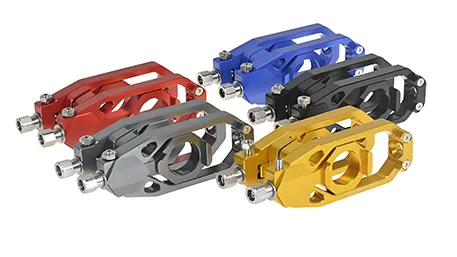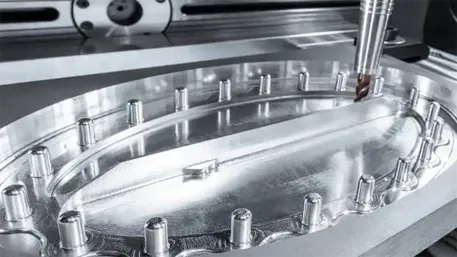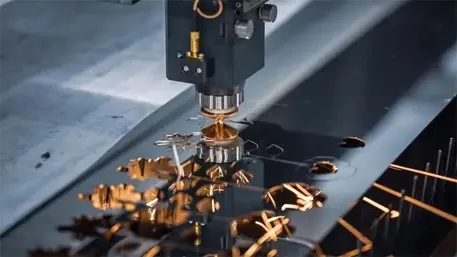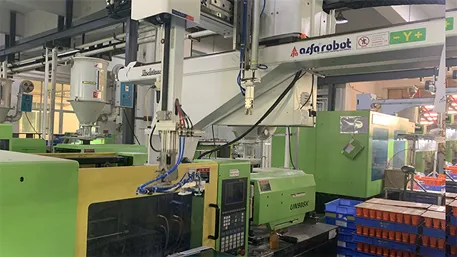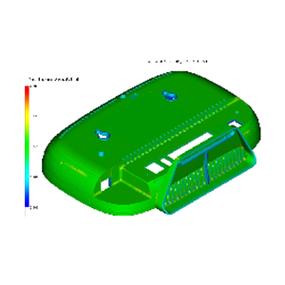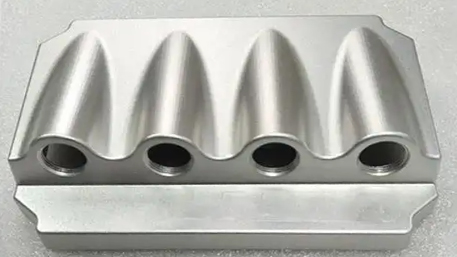
I. Preface
This manual is designed to provide operators with detailed guidance on high-quality CNC machined parts to ensure that the requirements of accuracy, surface quality, and performance are met during the processing.
II. Safety Precautions
Operators must be familiar with the safety operating procedures of the machine tool and wear appropriate protective equipment such as goggles and earplugs.
It is strictly prohibited to touch rotating parts and cutting tools when the machine tool is running.
Ensure that the working area is clean and free of debris and obstacles to prevent slipping and tripping.
III. Equipment and Tools
CNC Machine Tools
Regularly inspect and maintain the machine tools, including the lubrication system, electrical system, cooling system, etc.
Operate and debug in accordance with the instructions of the machine tool manufacturer.
Cutting Tools
Select cutting tools suitable for the processing material and process, such as carbide tools, coated tools, etc.
Regularly inspect the wear of the cutting tools and replace or sharpen them in time.
Fixtures
Design and use high-precision and rigid fixtures to ensure accurate positioning and firm clamping of the parts.
Avoid interference between the fixtures and the cutting tools or machine tool components.
IV. Preparations Before Processing
Part Design
Carefully review the part drawings to understand the design requirements and tolerances.
If there are any doubts, communicate with the designers for confirmation.
Material Preparation
Check the specifications, quality, and performance of the raw materials to ensure they meet the processing requirements.
Perform appropriate pretreatment on the materials, such as stress relief and straightening.
Programming
Use professional CAM software to generate the processing programs and optimize the tool paths and cutting parameters.
Perform program simulation to check for collisions and errors.
Installation of Cutting Tools and Fixtures
Install the cutting tools correctly to ensure that the clamping force of the cutting tools is moderate and the extension length of the cutting tools is reasonable.
Install the fixtures and conduct positioning and clamping debugging.
V. Processing Process Control
Startup and Zero Return
Start up the machine tool in accordance with the machine tool operation manual and perform the zero return operation of each axis of the machine tool.
Check the initial state and various parameters of the machine tool to ensure they are normal.
Tool Setting and Coordinate System Setting
Adopt appropriate tool setting methods, such as trial cutting tool setting, optical tool setting, etc., to determine the relative position of the cutting tool and the workpiece.
Set the accurate workpiece coordinate system to ensure the accuracy of the processing position.
Adjustment of Cutting Parameters
Adjust the cutting speed, feed rate, and cutting depth in a timely manner according to the actual processing situation.
Observe the cutting state and avoid problems such as chatter and built-up edge.
Process Monitoring
Regularly measure the dimensions and surface quality of the parts and compare them with the design requirements.
Discover and handle abnormal situations during the processing in a timely manner, such as tool wear and dimensional deviation.
VI. Quality Inspection
Dimensional Accuracy Inspection
Use high-precision measuring tools such as calipers, micrometers, and coordinate measuring machines to measure the key dimensions of the parts.
Compare with the drawing requirements to determine whether the dimensional accuracy meets the tolerance range.
Surface Quality Inspection
Observe the roughness, gloss, and presence of scratches and tool marks on the part surface.
Use a surface roughness measuring instrument to measure the surface roughness value.
Shape and Position Accuracy Inspection
Check the cylindricity, flatness, perpendicularity, concentricity, and other shape and position accuracies of the parts.
Use corresponding inspection tools and measurement methods for detection.
VII. Post-Processing
Deburring and Chamfering
Use manual or mechanical methods to remove burrs at the edges and holes of the parts.
Chamfer the required parts to ensure smooth edges.
Cleaning and Rust Prevention
Remove cutting fluids, oil stains, chips and other debris from the part surface.
Perform rust prevention treatment to prevent the parts from rusting.
VIII. Common Problems and Solutions
Dimensional Deviation
Check the wear of the cutting tools and replace the worn cutting tools in time.
Recalibrate the machine tool coordinate system and tool length compensation.
Optimize the cutting parameters to reduce the influence of cutting force and thermal deformation.
Poor Surface Quality
Adjust the cutting speed and feed rate and select the appropriate tool geometry.
Improve the cooling and lubrication conditions to prevent the formation of built-up edge.
Check the edge quality of the cutting tools and sharpen or replace them in time if damaged.
Chatter
Increase the rigidity of the cutting tools and shorten the extension length of the cutting tools.
Reduce the cutting parameters, especially the feed rate.
Check whether the clamping force of the fixture is sufficient and adjust the clamping position.
IX. Maintenance and Care
Daily Maintenance
After the end of each day’s work, clean the chips and oil stains on the machine tool table, guide rails, and protective doors.
Check the status of the cutting tools and fixtures and clean the tool shanks and collets.
Check the liquid level and concentration of the cutting fluid and replenish and replace it in time.
Regular Maintenance
Perform lubrication, fastening, debugging, and accuracy inspection of the machine tool regularly in accordance with the requirements of the machine tool manufacturer.
Replace wearing parts such as filters and oil seals.

